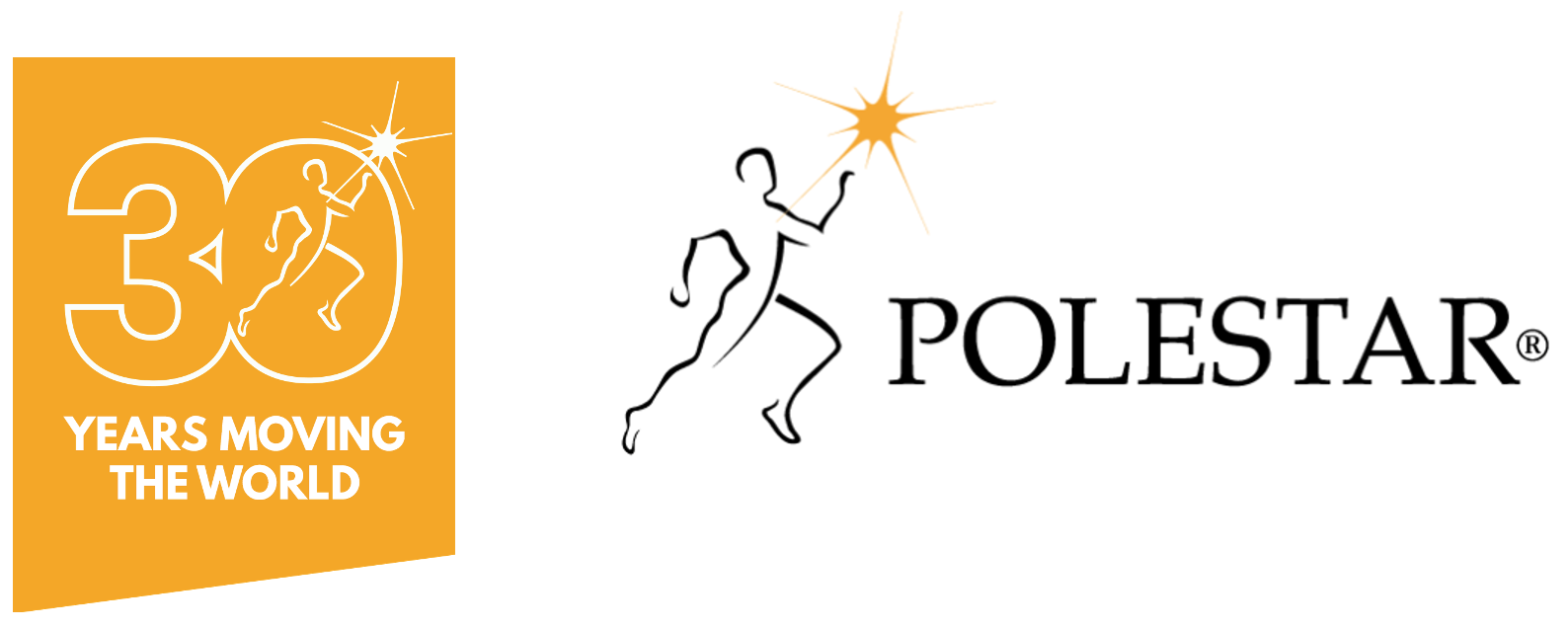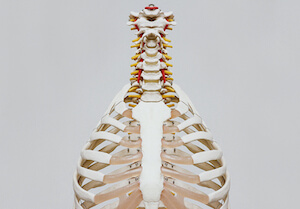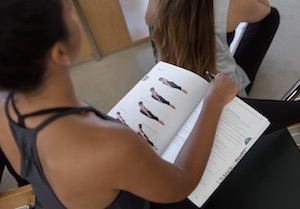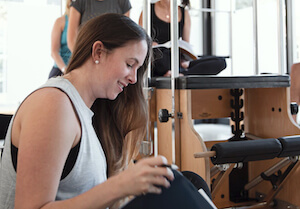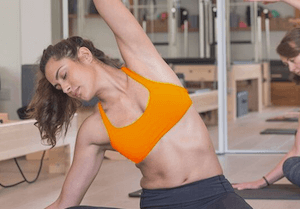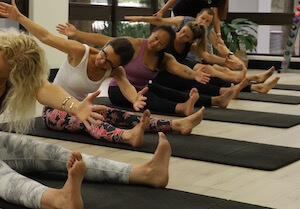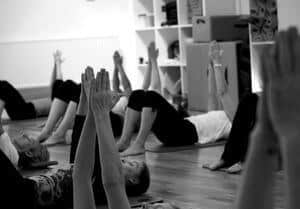Beginner Pilates Routine for Back Pain
Introduction
Lower back pain affects a significant portion of the population, impairing daily activities and reducing quality of life. Pilates, a discipline focused on strengthening, stretching, and balancing the body, is particularly beneficial for alleviating back pain. This guide introduces a beginner Pilates routine tailored to those experiencing lower back pain, including important contra-indications to consider.
1. Pelvic Tilt
Purpose: Strengthens the abdominal muscles and stabilises the spine.
Execution: Lie on your back with knees bent and feet flat on the floor. Gently arch your lower back, pressing it into the floor. Hold for a few seconds, then relax. Repeat several times.
Contra-indications: Avoid if you have recently undergone abdominal surgery or if you experience pain during the exercise.
2. Cat-Cow Stretch
Purpose: Enhances spinal flexibility and eases tension in the back.
Execution: On all fours, alternate between arching your back towards the ceiling and dipping it towards the floor. Move slowly and breathe deeply.
Contra-indications: Should be avoided if you have severe spinal injuries or conditions like herniated discs without prior medical approval.
3. Spine Stretch
Purpose: Increases flexibility and space between the vertebrae.
Execution: Sit up with legs wide apart and arms extended. Inhale, and as you exhale, stretch forward from the hips, reaching towards your feet. Hold for a few breaths and return to the starting position.
Contra-indications: Not recommended for individuals with advanced osteoporosis or those at risk of vertebral fractures.
4. Supine Spinal Twist
Purpose: Relieves tension in the back and improves spinal mobility.
Execution: Lying on your back, bend your knees and drop them to one side while turning your head to the opposite side. Extend your arms out to the sides and relax into the position.
Contra-indications: Avoid this exercise if you have acute lower back pain or sciatica exacerbations.
5. Shoulder Bridge
Purpose: Strengthens the lower back and improves pelvic stability.
Execution: Lie on your back, feet flat and knees bent. Lift your hips towards the ceiling, creating a straight line from shoulders to knees. Hold, then slowly lower back down.
Contra-indications: Should be avoided by those with severe hip or back pain and pregnant women in their second or third trimester without supervision.
Conclusion
This beginner Pilates routine offers a gentle approach to managing lower back pain. However, it’s crucial to consult with a healthcare professional before starting any new exercise programme, especially if you have existing health conditions or concerns. Incorporating these exercises under the guidance of a qualified Polestar Pilates instructor can help ensure that you perform movements correctly and safely, maximising benefits while minimising risks.
